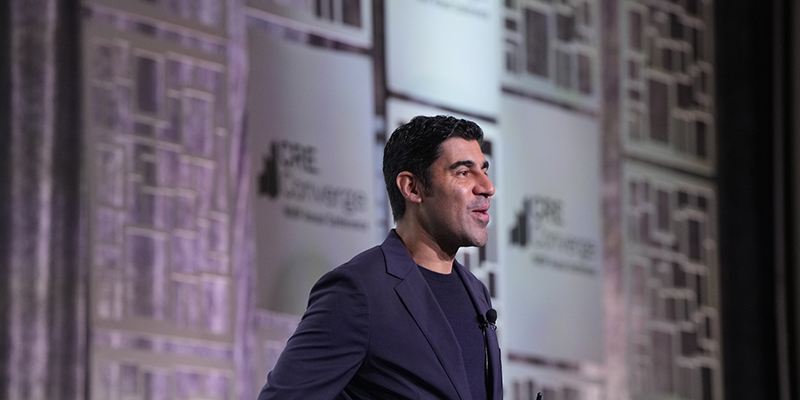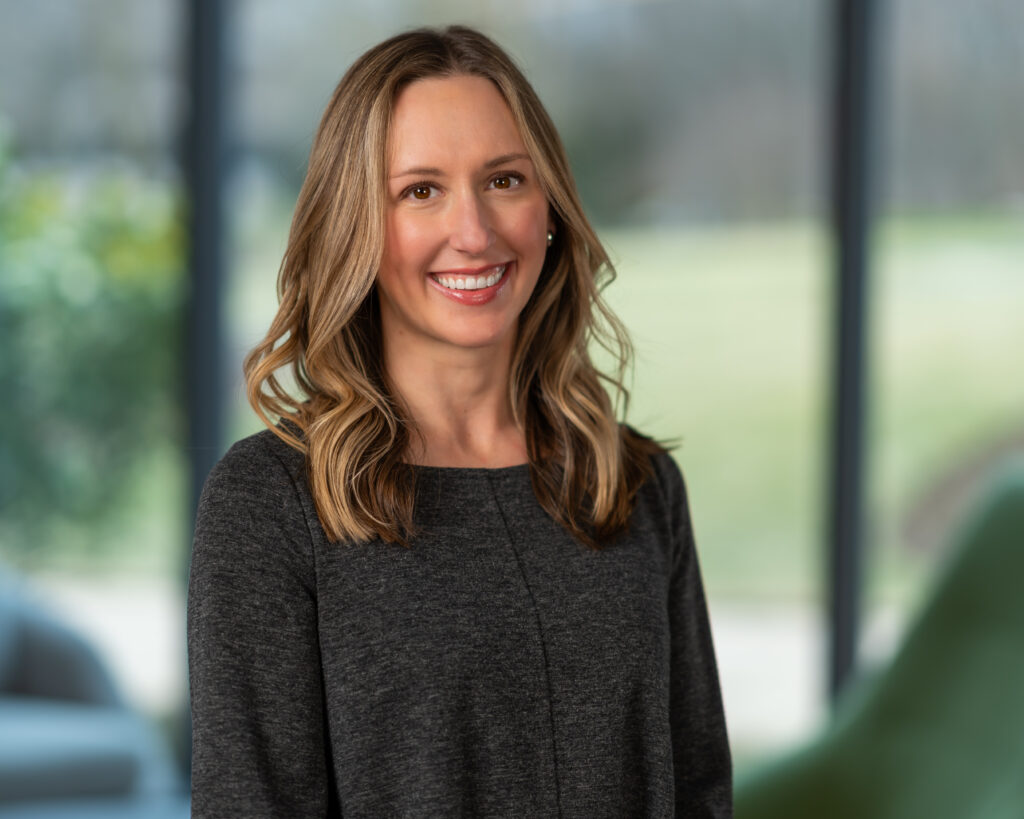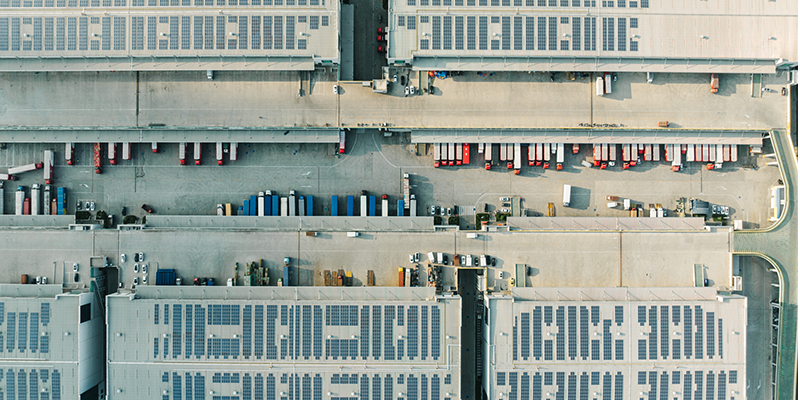By Brielle Scott
At CRE.Converge in Toronto this week, global strategist Parag Khanna, founder and CEO of AlphaGeo, painted a bold picture of how shifting geopolitics, climate pressures and technological change are reshaping the commercial real estate landscape across North America and beyond. His central theme: Investors must look beyond risk and lean into resilience to identify the markets best positioned for long-term growth.
Khanna started with a level-set: What’s really happening in the world today? There’s a lot of noise about deglobalization, a new Cold War, U.S.-China tensions, even the risk of World War III. And while some of it isn’t entirely off the mark, the key point that truly matters according to Khanna is the overarching global megatrend of regionalization – specifically, three major regions: North America, Europe and Asia.
“It is the structural shift, mega shift of the entire world. And it’s very, very real,” he said.
Modernized transportation networks, renewable energy grids and digital infrastructure are driving a new global capital expenditure boom, Khanna said. Demand for freight rail, highways, ports and airports; growth in nuclear, solar and water solutions; and expanding digital infrastructure including data centers and artificial intelligence-driven communications systems are all seeing significant investment.
Despite this “global CapEx boom,” as Khanna describes it, real estate professionals face a stark truth: climate risk is accelerating. High-risk U.S. regions could see economic performance decline by more than 6% by 2035. Yet resilience offers a roadmap. Areas with reliable energy, renewable power and strong infrastructure will thrive. AlphaGeo’s data show that migration is already shifting toward these resilient geographies – particularly the Great Lakes region, which Khanna calls America’s “New North.”
Demographic shifts are a key factor in reshaping future real estate demand. Aging populations, lifestyle changes and immigration trends are pushing demand toward housing that encompasses both multiple generations and multiple families in resilient areas. Michigan and the Great Lakes area may provide lucrative investment opportunities as climate migration accelerates. In Canada, secondary cities from Moncton to Kelowna are emerging as new growth nodes, fueled by rapid population inflows and federal support for housing.
Looking ahead, Canada must “invest like a rich country,” Khanna added. With abundant rare earth minerals and growing foreign investment, the country can power both upstream and downstream industrial expansion with more meaningful spending on national infrastructure. Combined with ambitious immigration targets and commitments to housing and infrastructure, Canada is poised to become a cornerstone of continental resilience.
“Canada has a massively important role to play in the broader continental renaissance around critical minerals, and what that means for the most essential technologies that dominate the 21st century – from robotics to semiconductors,” said Khanna.
Big picture, the future of global real estate lies in geographic arbitrage – anticipating where people and capital will move and investing ahead of the curve. Tools like AlphaGeo’s Industrial Renaissance Tracker and resilience scoring models allow investors to identify desirable markets based on climate adaptation, infrastructure quality, affordability and talent.
“Have we built the right product that the future needs, and is it in the right places?” Khanna posited, referring to the built environment. “Look five, 10 years ahead, as you often do in this industry, or maybe a little bit further to15 years ahead – it’s not that far given how long it takes to get anything built – and ask, what does society need?”
It may sound like a philosophical question, but he calls it a “brutally practical” one.
“Risk tells you where to avoid,” said Khanna, “but resilience tells you which locations will thrive.”
“Remember, you’re not just a passive bystander in what happens in the world economy,” he added. “You are literally among the principal agents. Turn on CNBC and you’ll see high finance professionals talking about currencies, talking about capital flows, talking about tariffs and talking about interest rates and so on. But at the end of the day, whatever those macro factors are, your decisions actually change what happens on the ground.”
For commercial real estate professionals, that means reframing investment decisions not just around short-term returns, but around the long-term geography of resilience.

This post is brought to you by JLL, the social media and conference blog sponsor of NAIOP’s CRE.Converge 2025. Learn more about JLL at www.us.jll.com or www.jll.ca.








